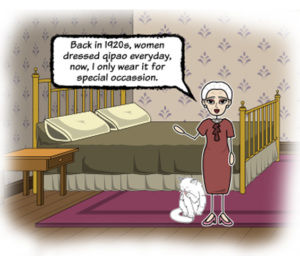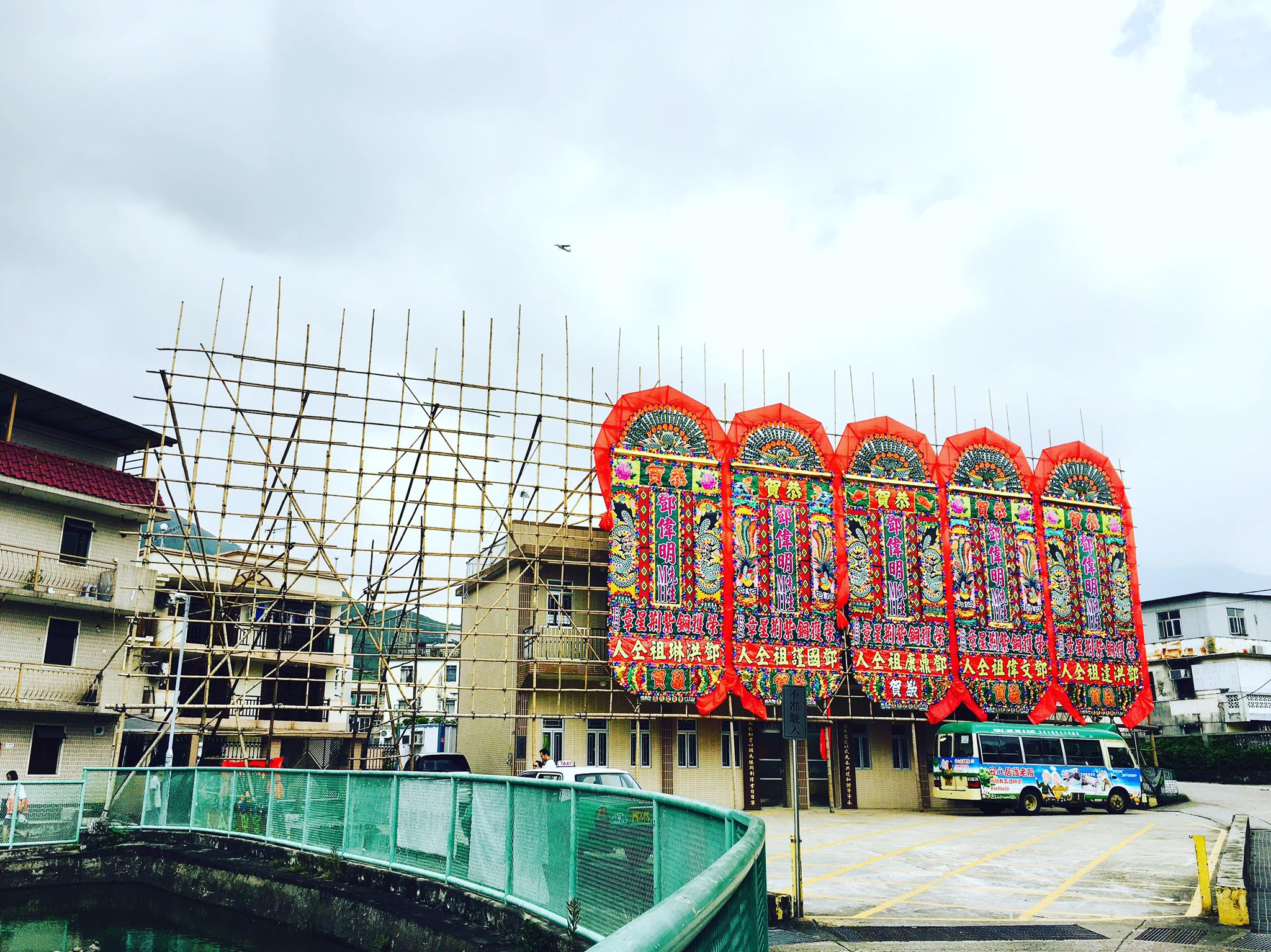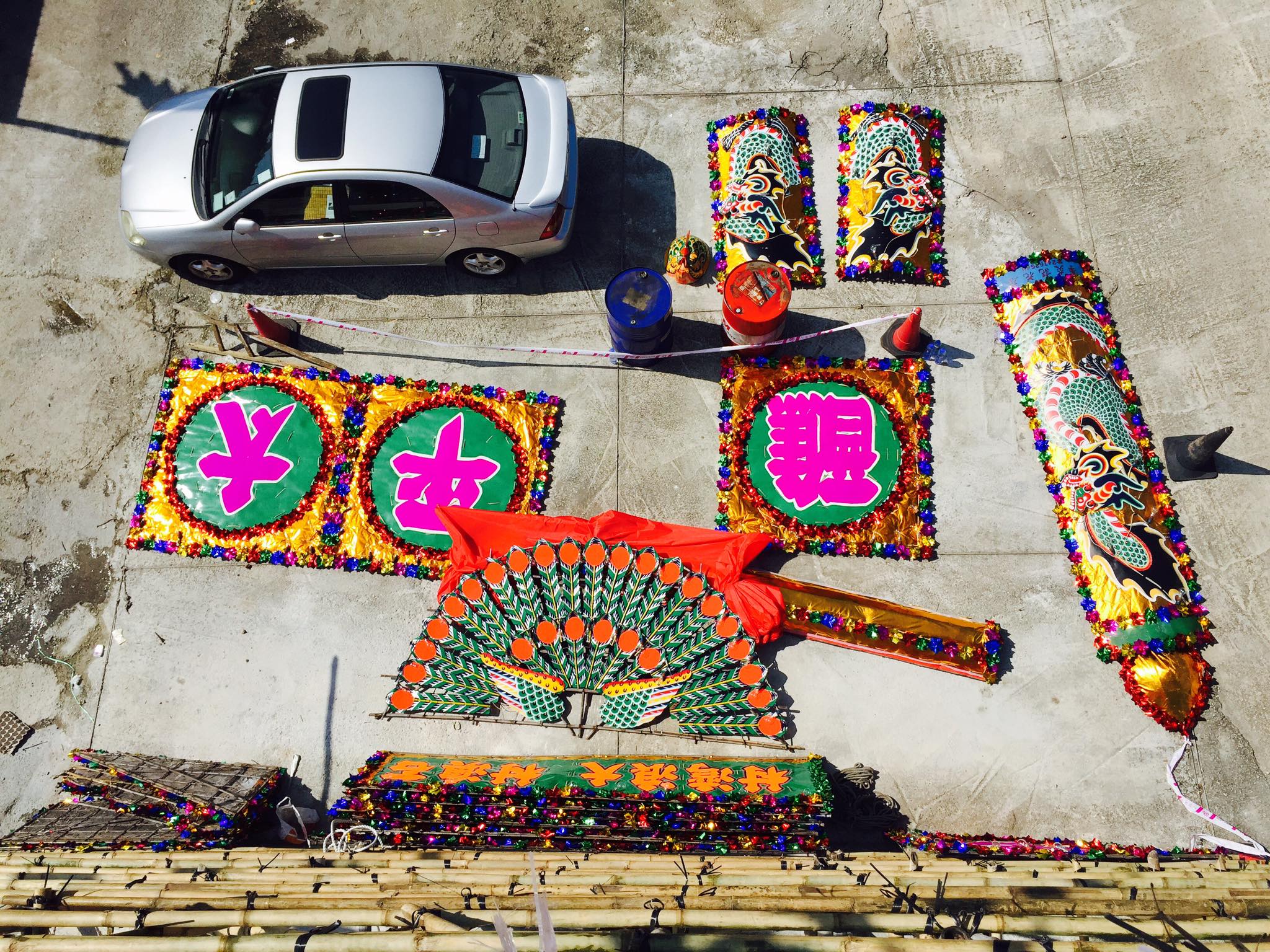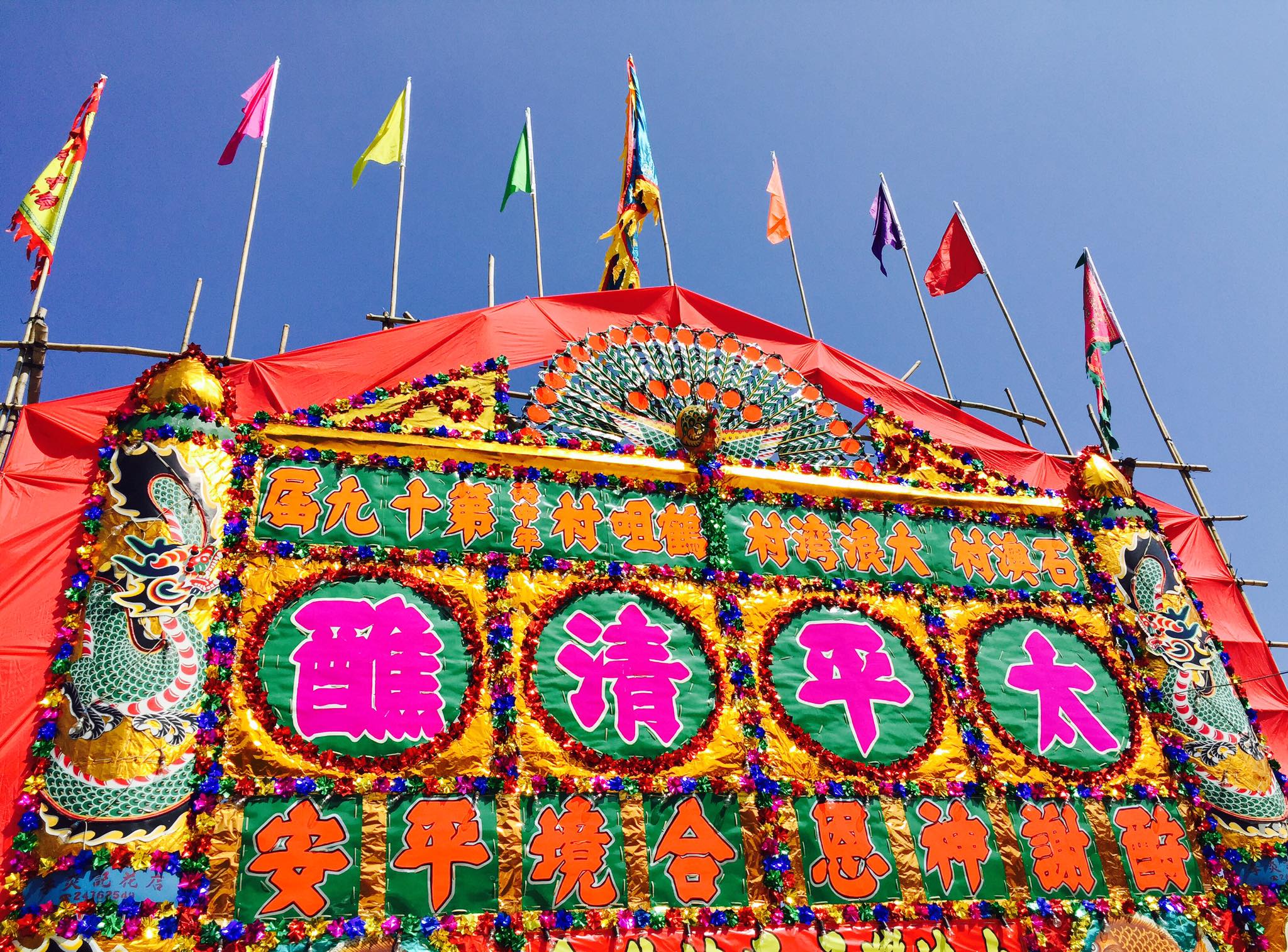DYING CULTURAL HERITAGE IN HONG KONG
DAY OF A GRANDMA AND HER GRANDDAUGHTERA DAY STARTS FROM 7AM
Chipao
GRANDMA
“Back in 1920s, women dressed Chipao everyday. Now, I only wear it for special occasions.”
WHY?
GRANDDAUGHTER
“I grow up wearing jeans and shirts. I just can’t wait days to wear a new clothes.”
WHY?
The demand for handmade chipao, a traditional tight-fitting dressing in China that accents women’s figure, is now moderately increasing, regardless of the capability to produce hundreds of identical clothes in a split second in this efficiency-favored society.
Jian Hanrong is the third generation at Meihua chipao shop which was founded by his grandfather in 1920s in Hong Kong.
He has witnessed the dramatic decline of clients during the past 9 decades, as women nowadays only wear chipao for special occasions, such as wedding or formal banquet, rather than a common daily dressing back in 1920s. However, what goes around comes around, fashion is now on the way of history-retracing.
12PM
Opera
GRANDMA
“On the 15th July of China’s lunar calendar, I would visit temple fair where Cantonese Opera was the main entertainment and I saw Huapai everywhere.”
GRANDDAUGHTER
“Rock and roll !!!

“What is Cantonese Opera???
“None of my friends ever listened to Cantonese Opera.”
"One minute of performance on stage, ten years of hard work off stage."
Cantonese Opera is a centuries-old art in Hong Kong and some provinces in southern China. The performers have to go a long and arduous way to perfecting the art. They often say “one minute of performance on stage, ten years of hard work off stage”.
It’s a hard way for young performers to earn a living in a practical, almost utilitarian society such as Hong Kong’s. Unlike the performers in the past, who learned it to save themselves from poverty, Hong Kong’s young performers are devoted to Cantonese Opera with a deep passion. Nowadays the performers are independent from the troupes and are paid per performance. They also have to pay for their costumes and training.

A Main Character is performing on the stage. There are no more than 30 actors and actresses able to perform as main characters in Cantonese opera in Hong Kong.
Wang Kit Ching fell in love with the magical world of make-up, martial arts and vocal acrobatics when she was a child. She has been learning Cantonese Opera for 21 years and has been practicing it as a full-time job for 8 years, which is still short in this field. Cantonese Opera is considered out of date and boring by people her age while Wang Kit Ching’s devoting her heart and soul to the ancient art.
Since Cantonese Opera was recognized as intangible cultural heritage of Hong Kong by UNESCO, the government has been enhancing the supports for it. In Hong Kong, most Cantonese Opera troupes are non-profit organizations and are supported by the government. The government is also cooperating with the Chinese Artists Association of Hong Kong to nurture talented new performers.
Many people think the endangered tradition is a unique part of Hong Kong’s identity and shouldn’t die. The young performers like Wang Kit Ching are trying to bring in new ideas such as western drama theories to adapt Cantonese Opera for younger generations.
Huapai
Huapai is a traditional handicraft in Hong Kong. Symbolizing luck and fortune, they are mainly used for shop openings and festival celebrations. The traditional art began in the early 20 centuries, and reached its peak between 1950-1980. But now, because it’s hard to find successor to inherit this handicraft, a lot of Huapai shops closed, only a few people still work on Huapai. Here we found one shop which has been opened for 62 years, and they’ve already found two successors to inherit this traditional art.
10PM
Paper Art
GRANDMA
“On the same day, we burned paper-made sacrificial offerings to remember our beloved ones who are now in the paradise.”
GRANDDAUGHTER
“For the sake of environmental protection, we grieve over the dead through social media. R.I.P. our love!

 “
“
Follow us on Instagram.
Find out more about dying cultural heritage in Hong Kong.
Web Design: Zhang Boning; Kristina Shperlik Chipao: Zhang Hao; Jia Yizhen Opera: Deng Yang Huapai: Wang Xiaoyu Paper Art: Liu Fangqi; Lin Yangqing









